
AP Comparative Government and Politics
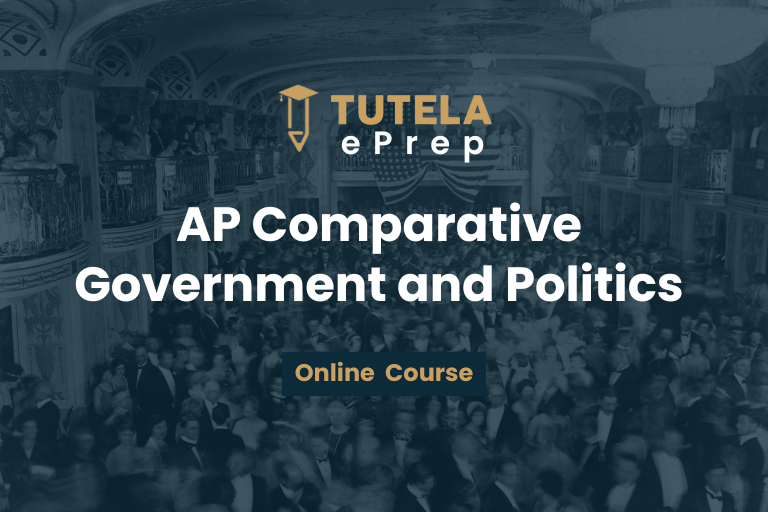
Units
Unit 0: All Units Inclusive

Unit 1: Basic Concepts of AP CGP

Purchase the course to proceed
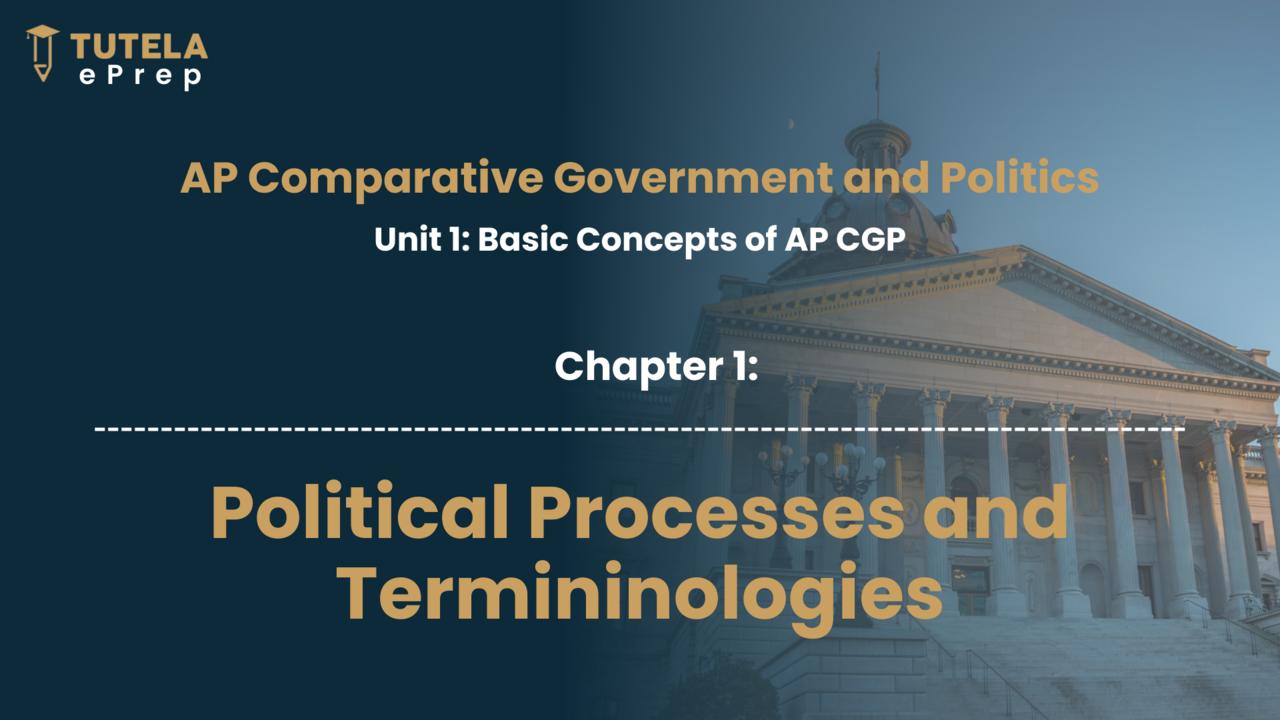
The chapter covers concepts like empirical and normative statements, research types (quantitative and qualitative), and critical political ideas, including correlation, causation, the nature of politics, and political institutions (state, nation, regime, government). It also discusses political systems (democratic, authoritarian, etc.) and democratization. The chapter distinguishes empirical analysis from normative statements, discusses research methods in social sciences, and explores the significance of correlation and causation in politics.

Class Notes

Purchase the course to proceed

The chapter covers the characteristics and distinctions between federal and unitary governance systems, the role and impact of supranational organizations, political legitimacy, the definition and significance of ethnicity and citizenship, and the nature and effects of social cleavages in society.

Class Notes

Purchase the course to proceed
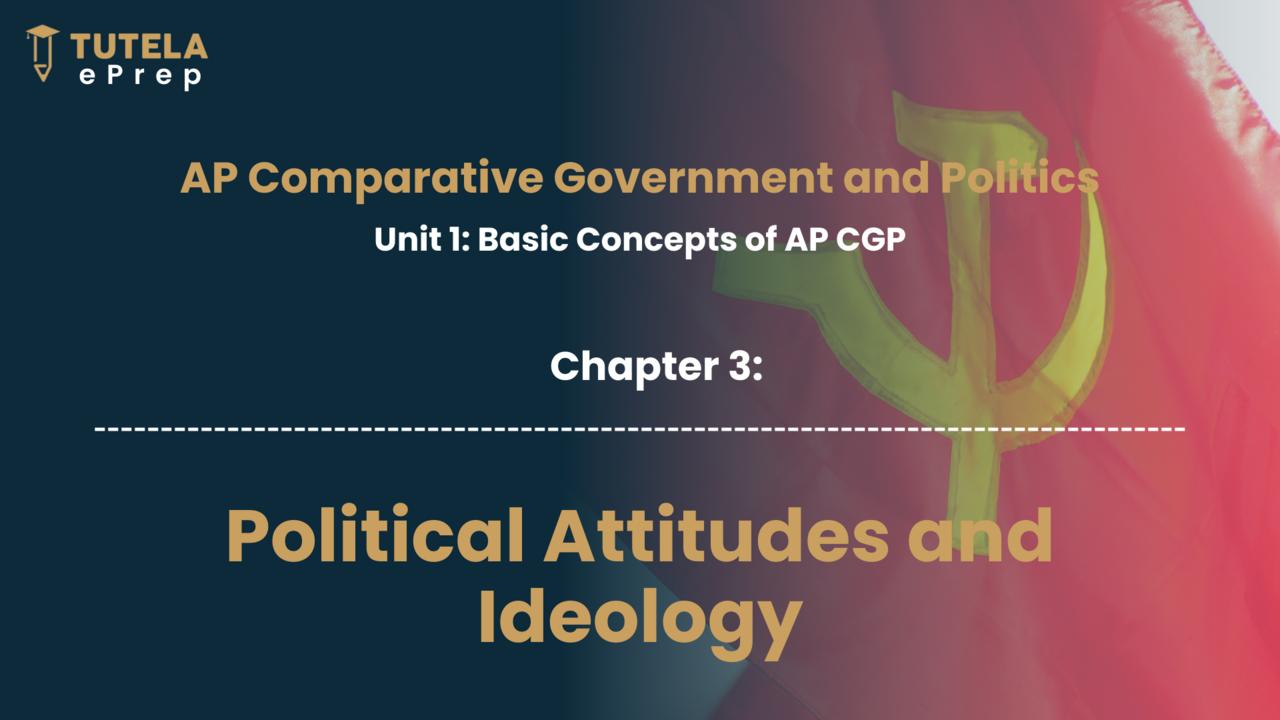
This chapter focuses on political attitudes and ideologies, outlining how individuals' preferences for political goals and methods shape their views on liberalism, communism, social democracy, fascism, and anarchism. It also discusses the concept of political culture and the impact of globalization and modernization on societies' transition towards secular and rational values, emphasizing scientific progress, economic development, and individual rights.

Class Notes

Purchase the course to proceed
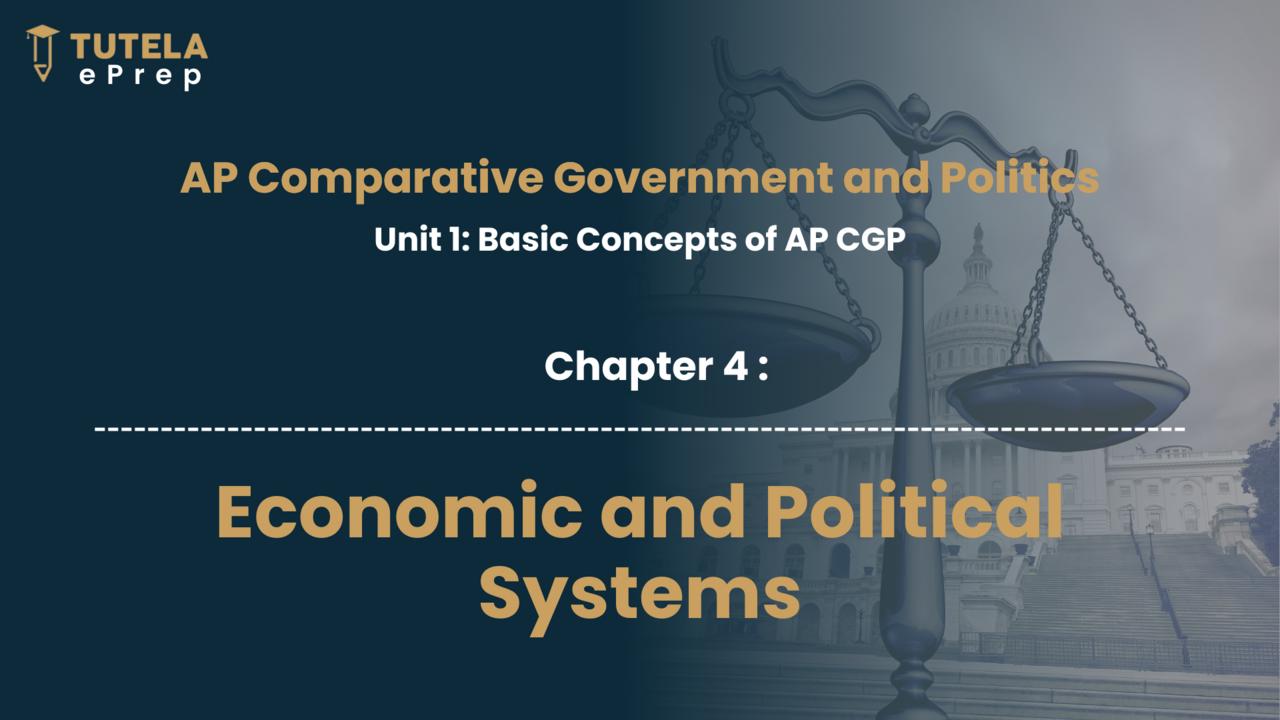
This chapter delves into economic indicators like GDP and the Gini Index, contrasting parliamentary, presidential, and semi-presidential systems. It also covers political dimensions like civil liberties and financial sectors, alongside the impact of modernism on society.

Class Notes

Purchase the course to proceed
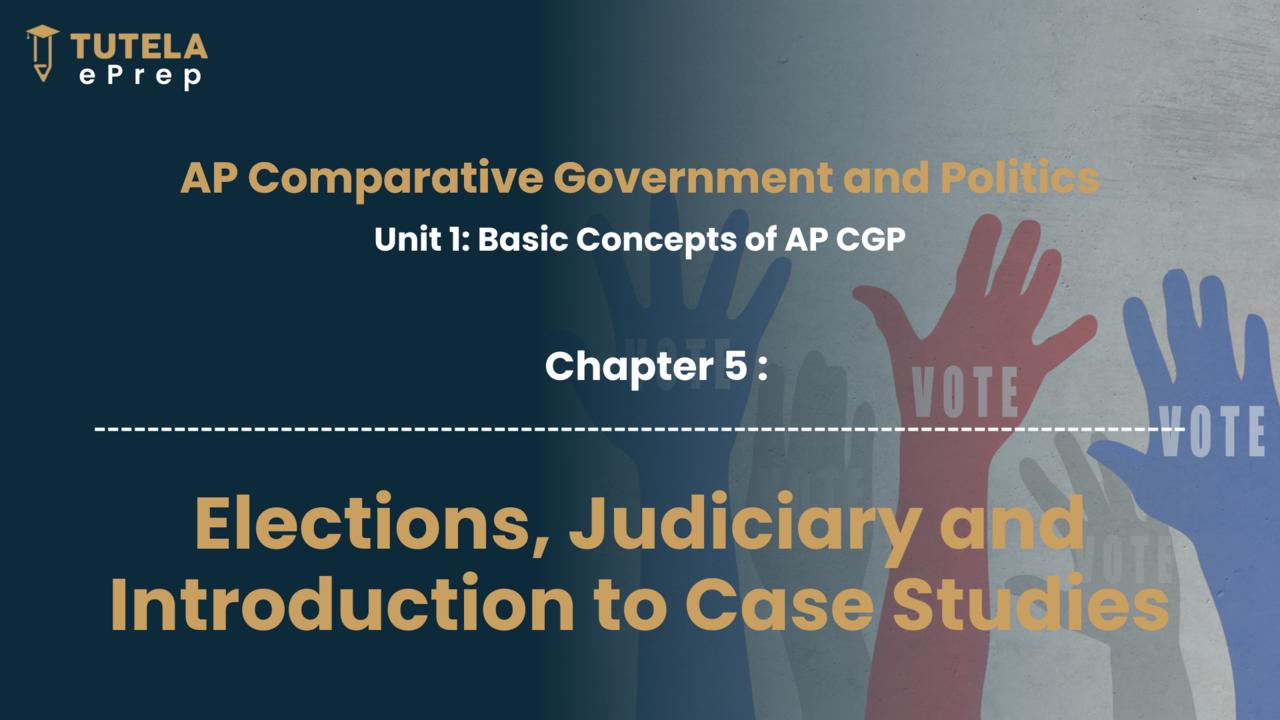
This chapter discusses election systems, focusing on single-member district and proportional representation systems and their impact on political representation and coalition governments. It also covers judicial systems, highlighting the importance of an independent judiciary in checks and balances, and differentiates between common law, civil law, and Sharia law systems. Additionally, it delves into bureaucracy, discussing the roles of bureaucrats, meritocracy versus patron-client systems, and political and economic changes, including revolutions, coups, reforms, and financial liberalization.
This Chapter contains Worksheet:
Total Questions: 52
MCQ: 50
FRQ: 2

Class Notes
Unit 2: United Kingdom of Great Britain and Northern Ireland

Purchase the course to proceed

This chapter explores the political history and system of the United Kingdom, covering early history, the Norman Conquest, the Tudor and Stuart periods, the British Empire, industrialization, parliamentary democracy, world wars, the post-war era, and recent developments, including Brexit and the COVID-19 pandemic. It discusses the evolution of the British political system, key historical events, and significant reforms that have shaped modern Britain.

Class Notes

Purchase the course to proceed

This chapter explores the British political system, focusing on its legitimacy, governance structure, economic system, and constitutional framework. It examines the UK's historical and contemporary political landscape, including its unitary state nature, the role of supranational organizations, and the complexities of its uncodified constitution.

Class Notes

Purchase the course to proceed
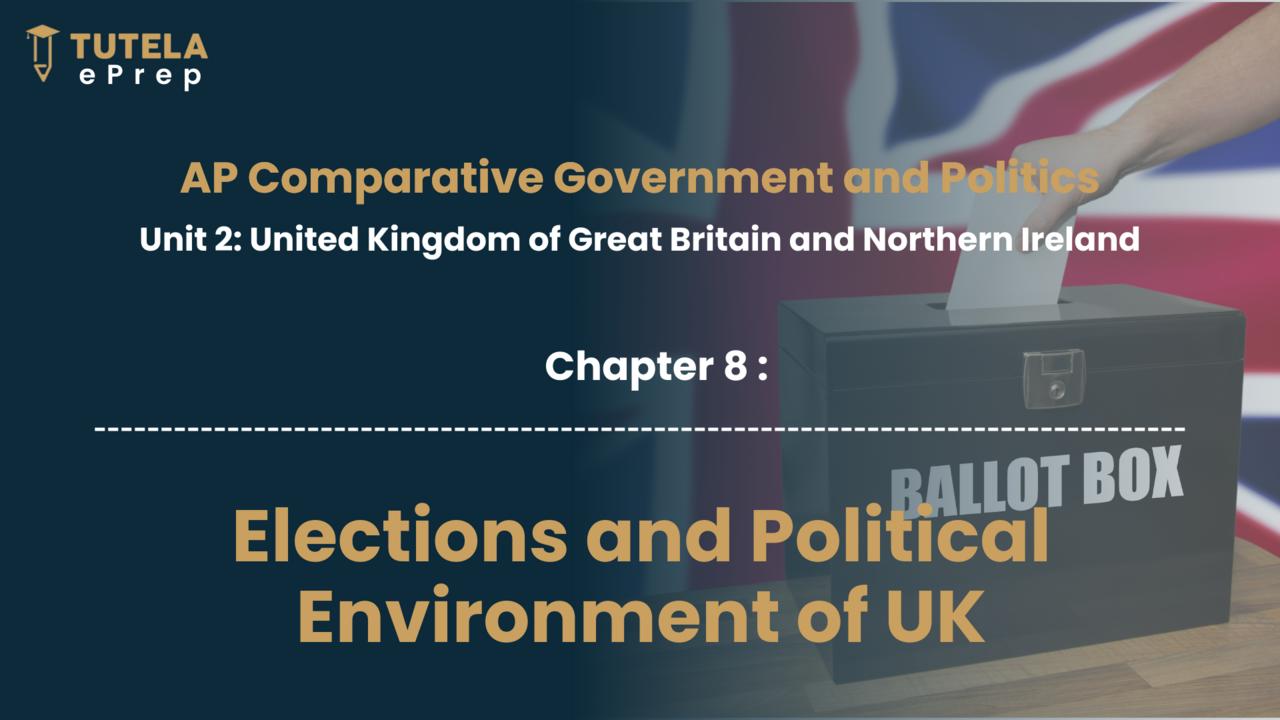
This chapter focuses on the UK's electoral system, political parties, interest groups, social cleavages, media roles, political participation, citizenship, environmental policies, public policy, healthcare, and the devolution status of Scotland, including the implications of Brexit.
This Chapter contains Worksheet:
Total Questions: 27
MCQ: 25
FRQ: 2

Class Notes
Unit 3: Federal Republic of Nigeria

Purchase the course to proceed
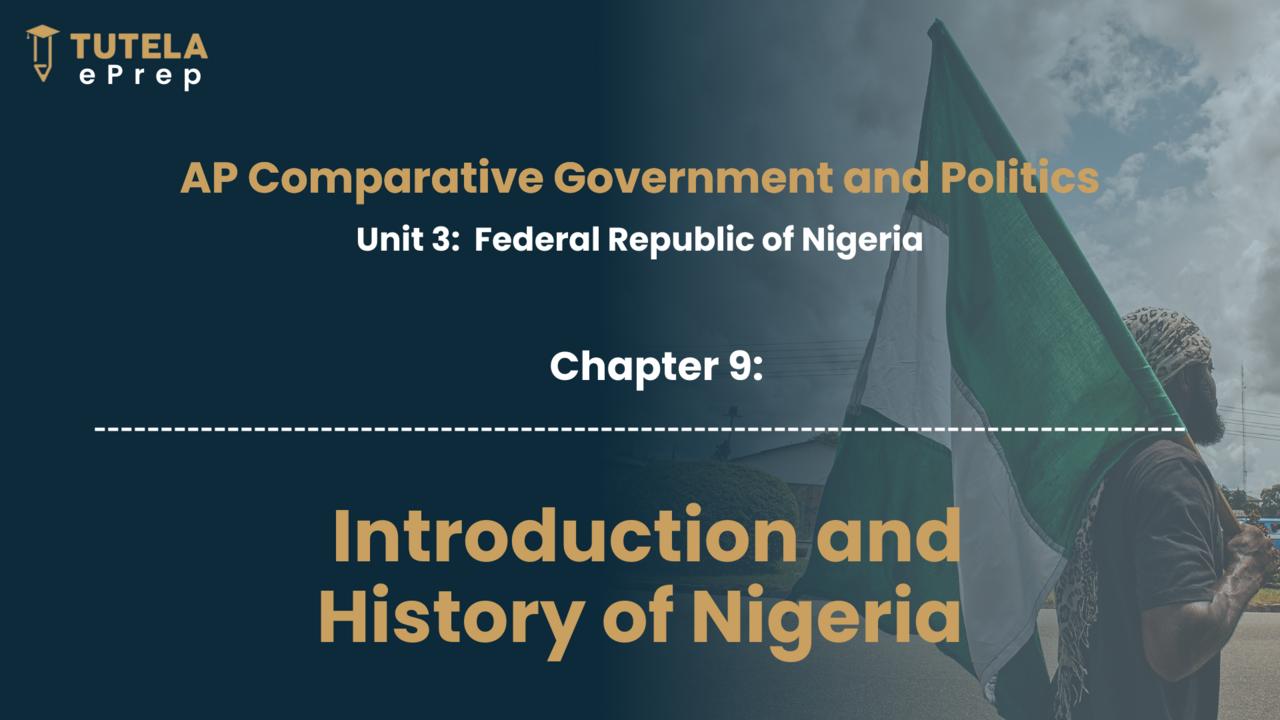
This chapter examines Nigeria's political evolution, focusing on its history since 1999, constitutional developments, ethnic and religious diversity, and significant political and social challenges, including military coups, civil conflicts, and regional disparities.

Class Notes

Purchase the course to proceed

This chapter provides an overview of Nigeria's Fourth Republic since 1999, covering presidential leadership, critical political and economic reforms, challenges such as corruption and insurgencies, and the impact of these administrations on Nigeria's democratic and socio-economic landscape.

Class Notes

Purchase the course to proceed
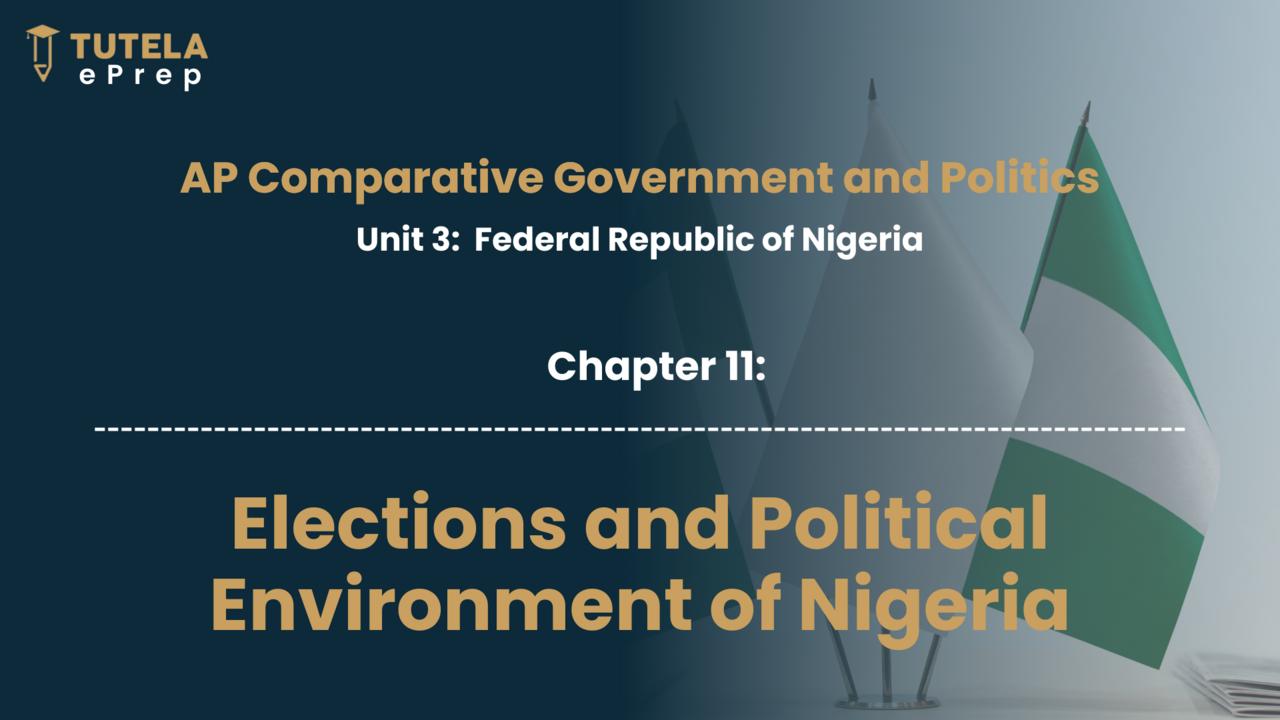
This chapter focuses on Nigeria's major political parties, ideologies, and electoral systems, highlighting political competition and voter engagement dynamics. It also examines significant social cleavages influencing politics, including religious, regional, and ethnic divisions, and the role of civil society in Nigeria's political landscape.

Class Notes

Purchase the course to proceed
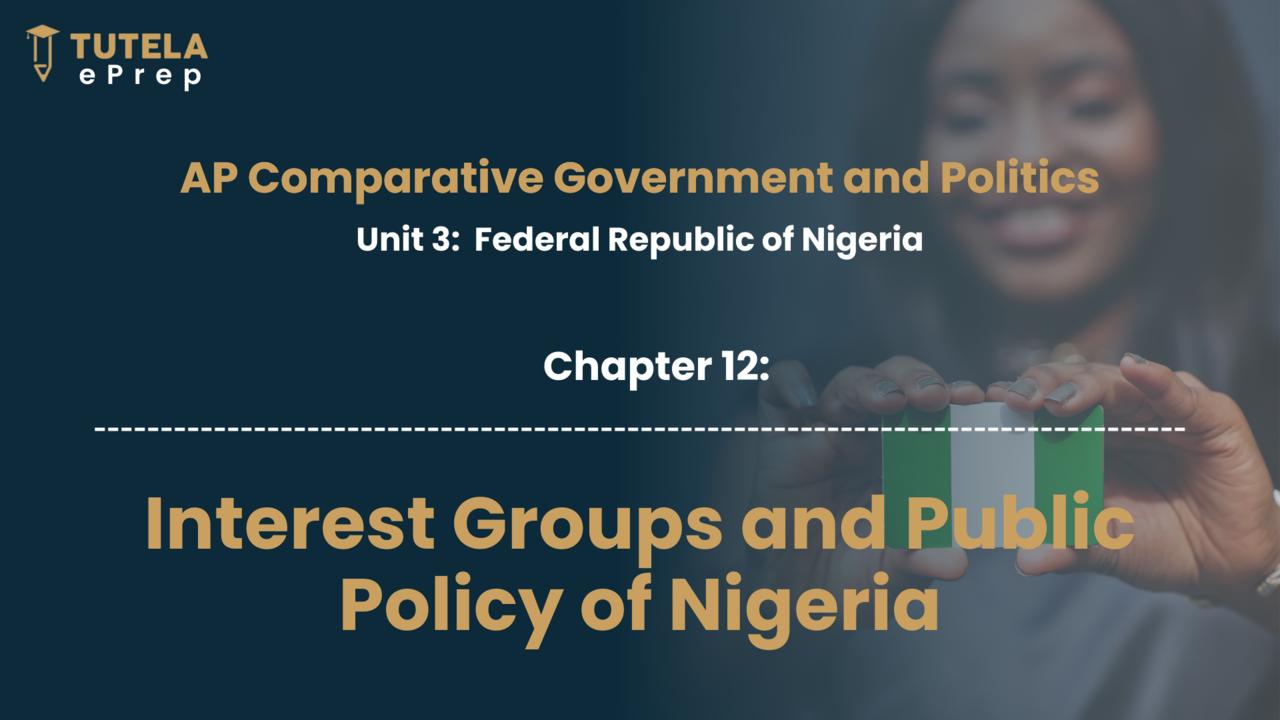
This chapter discusses the role and influence of various interest groups in Nigeria, including professional associations, media groups, trade unions, ethnic and regional groups, civil society organizations, and business and industry groups. It also examines Nigeria's dynamic media landscape, the oil-related economic policies, and its role in democratization and the Economic Community of West African States (ECOWAS).
This Chapter contains Worksheet:
Total Questions: 26
MCQ: 25
FRQ: 1

Class Notes
Unit 4: Russian Federation

Purchase the course to proceed
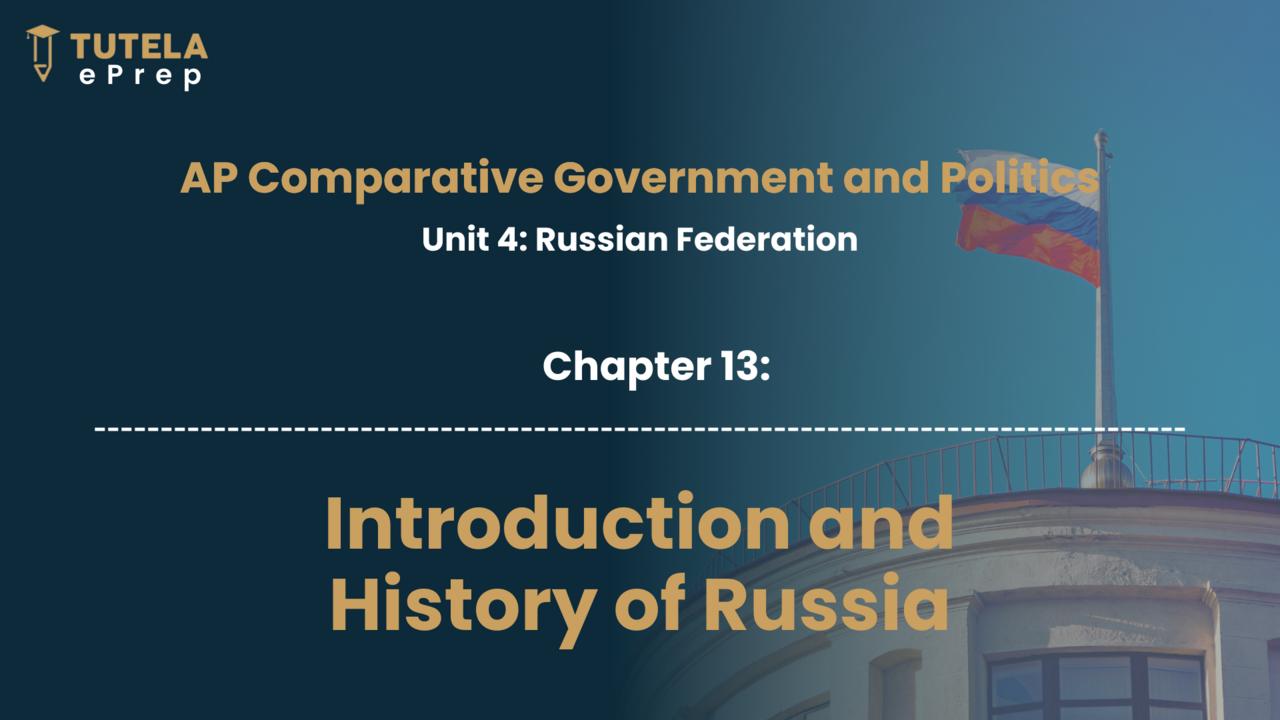
This chapter discusses the history and political evolution of the Russian Federation, covering its vast geography, historical periods from the Kievan Rus to the Soviet era, and significant events like the Russian Revolution, Stalin's policies, and Gorbachev's reforms leading to the Soviet Union's dissolution.

Class Notes

Purchase the course to proceed

This chapter delves into the post-Soviet transition in Russia, focusing on the economic and political reforms during the Yeltsin era, the emergence of oligarchs, and the Chechen Wars. It also examines Vladimir Putin's rise to power, his policies, and the centralization of authority, culminating in a constitutional referendum that could extend his presidency.

Class Notes

Purchase the course to proceed

This chapter examines the structure and powers of key state institutions in Russia, including the presidency, prime minister, State Duma, Federation Council, and the judiciary. It explores the roles, responsibilities, and influence these entities have within the Russian political system, highlighting the centralized power of the presidency and the complex interplay between different branches of government.

Class Notes

Purchase the course to proceed
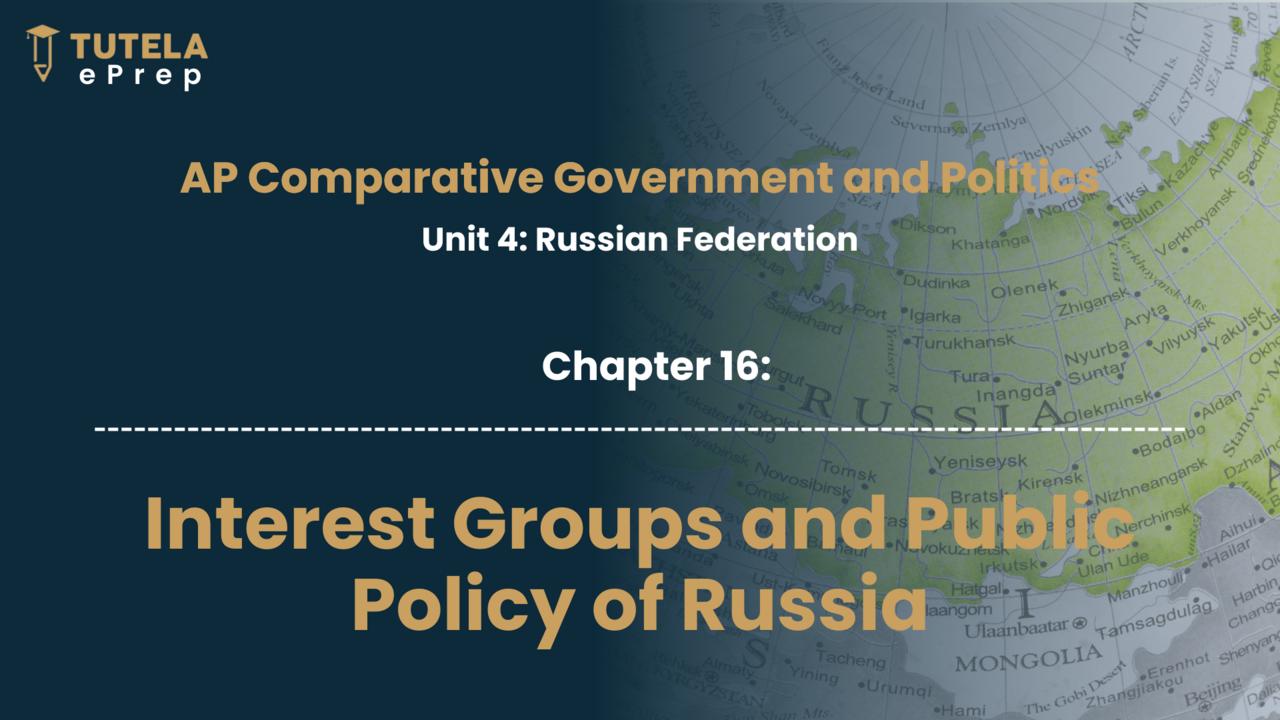
This chapter examines Russia's political party landscape, detailing major parties like United Russia, the Communist Party, and the Liberal Democratic Party, as well as their ideologies, roles, and criticisms. It also discusses the electoral system, highlighting presidential and State Duma elections, and touches on social cleavages within Russian society, such as ethnic, economic, and generational divides.
This Chapter contains Worksheet:
Total Questions: 28
MCQ: 27
FRQ: 1

Class Notes
Unit 5: People's Republic of China

Purchase the course to proceed
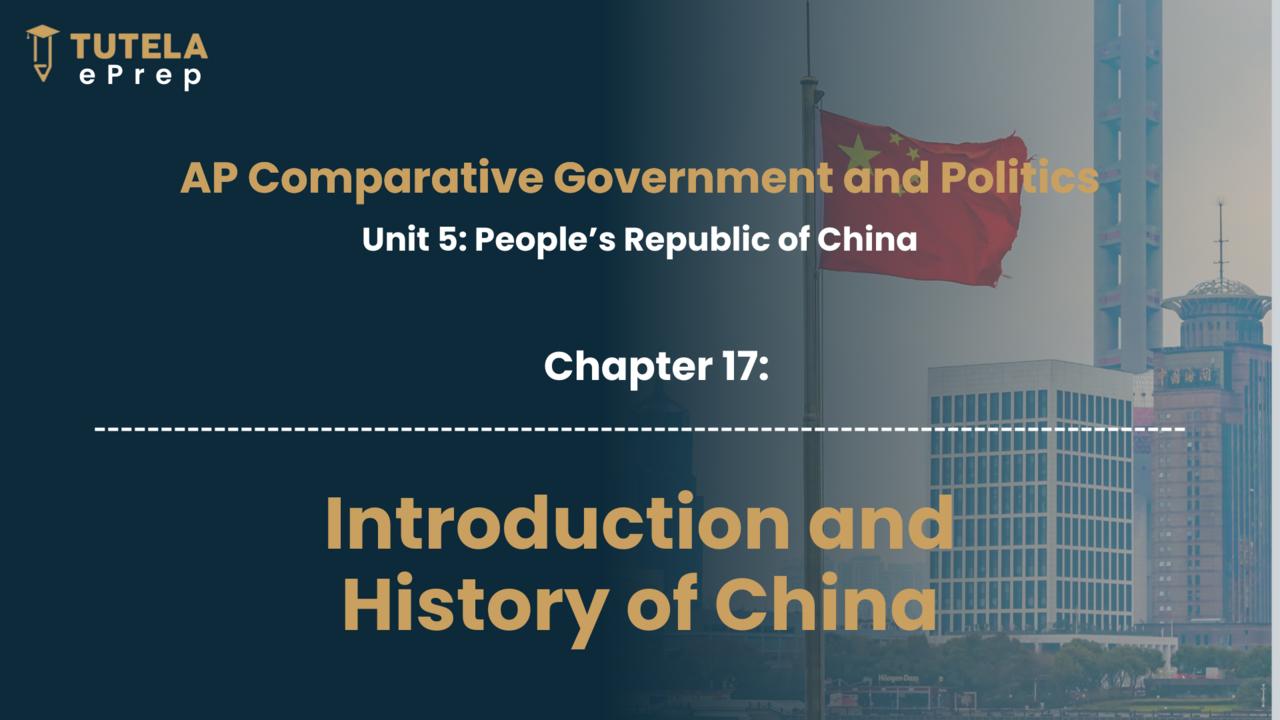
This chapter focuses on the influence of interest groups and the media in Russia, highlighting their relationship with the state, and discusses public policy in areas such as economic development, healthcare, education, and foreign policy, including Russia's engagement in global affairs and its approach to national security and defense.

Class Notes

Purchase the course to proceed
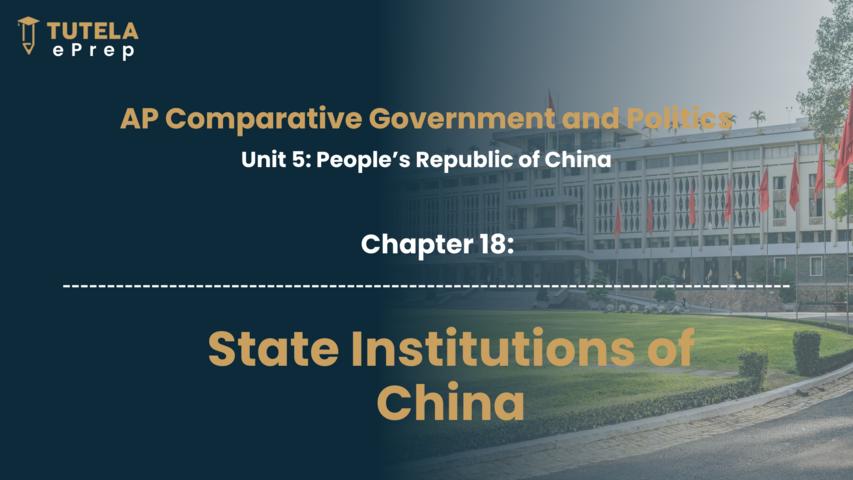
This chapter explores China's complex transition from a historical dynastic rule to the modern era, emphasizing the Communist Revolution, Mao Zedong's influence, the Cultural Revolution, Deng Xiaoping's reforms, and the rise of Xi Jinping. It examines China's economic modernization, the impact of the One-Child Policy, the Tiananmen Square protests, and China's global integration through initiatives like the Belt and Road Initiative.

Class Notes

Purchase the course to proceed
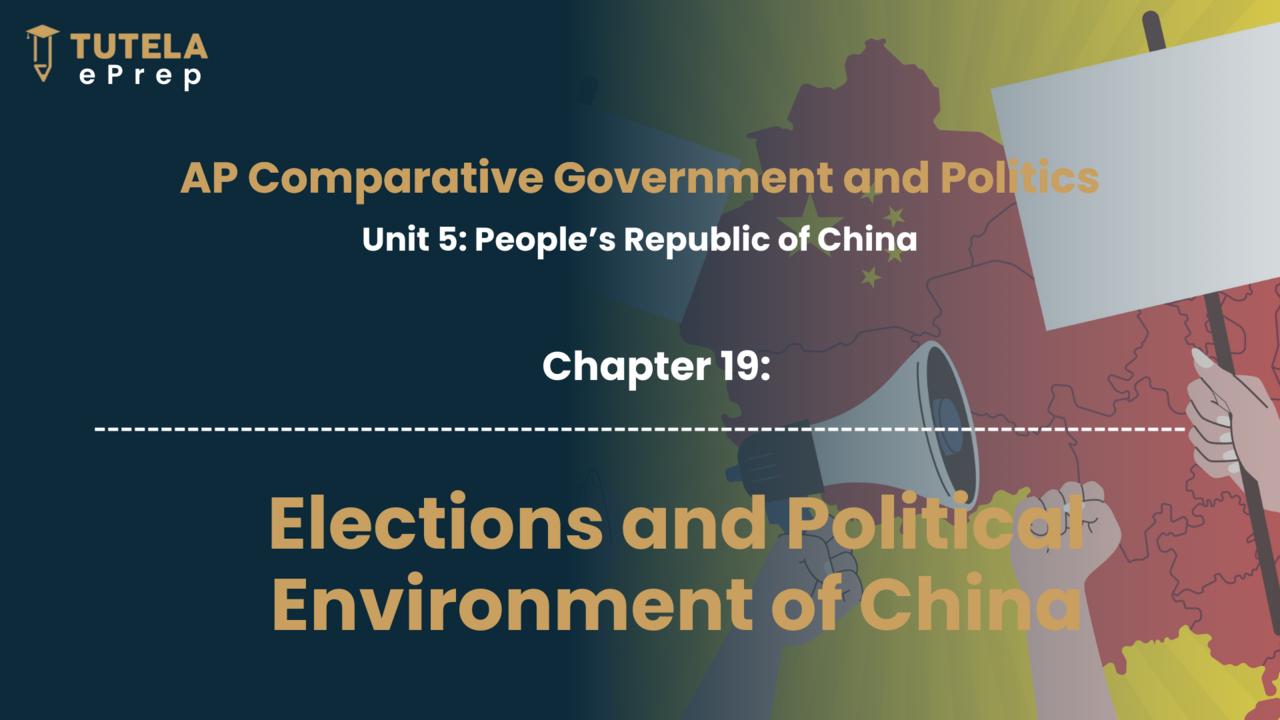
This chapter delves into the structural and functional aspects of China's state institutions, examining the legitimacy derived from historical and constitutional foundations, the layered governance model from central to local levels, the intricate workings of the Communist Party's central organs, and the influence of guanxi in bureaucracy and military. It also explores the ceremonial role of the president alongside the pivotal positions of the Premier and the judiciary, underscoring the centralization of power and the unique characteristics of China's political system.

Class Notes

Purchase the course to proceed

This chapter examines China's political party system, dominated by the Communist Party of China (CPC) and other minor, legally recognized parties under the United Front. It explores the election process, from local to national levels, and significant social cleavages, such as the urban-rural divide, ethnic tensions, and gender inequality, highlighting their impacts on Chinese society and governance.
This Chapter contains Worksheet:
Total Questions: 64
MCQ: 60
FRQ: 4

Class Notes
Unit 6: United States of Mexico

Purchase the course to proceed

This chapter discusses the operation of interest groups in China within a state-controlled framework, the tightly regulated media landscape, and public policies on economic development, population control, environmental protection, and social movements, highlighting the government's role in shaping these areas.

Class Notes

Purchase the course to proceed
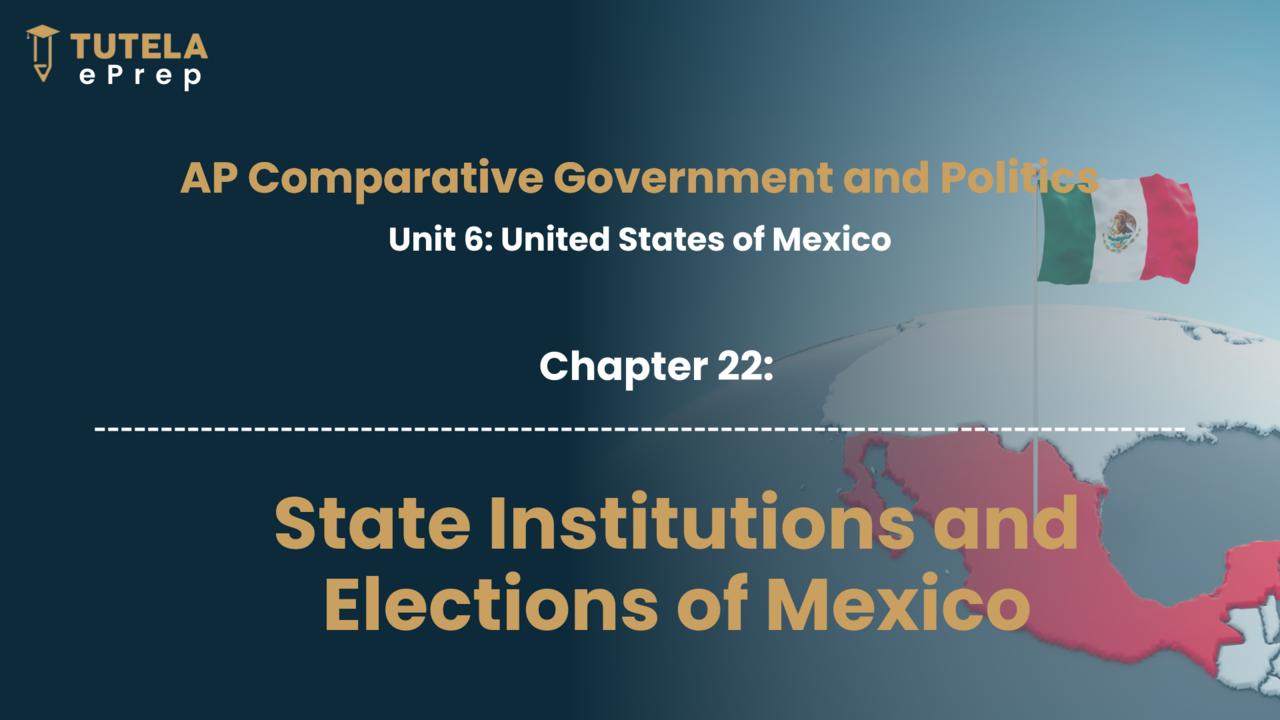
This chapter provides an overview of Mexico's political evolution, focusing on its transition from authoritarian rule to democracy, the influence of major political parties such as the PRI, PAN, and PRD, and the impact of electoral reforms. It also discusses Mexico's economic policies, including the shift towards neoliberalism and the challenges of income inequality and press freedom in the context of ongoing violence related to drug cartels.

Class Notes

Purchase the course to proceed
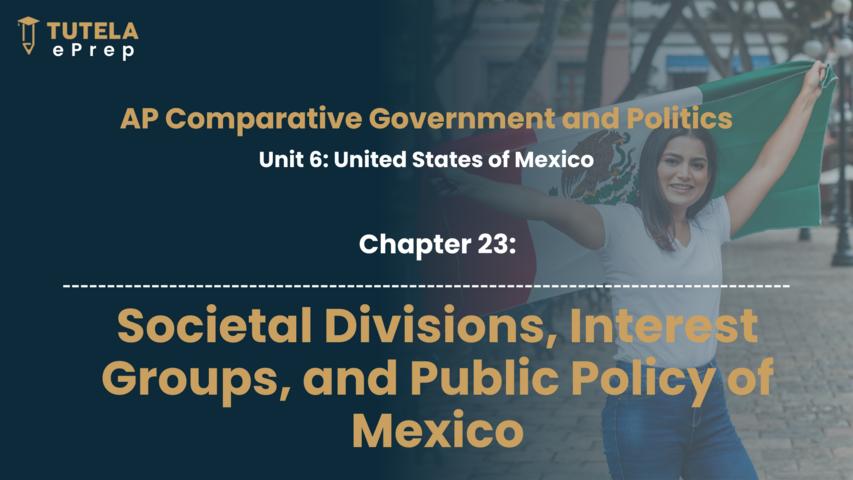
This chapter explores Mexico's state institutions, focusing on the roles and powers of the president, legislative bodies (Chamber of Deputies and Senate), and the judiciary. It details the election processes, legislative functions, and the structure of the judiciary, emphasizing the system's checks and balances. Additionally, it discusses the bureaucracy's role in governance and the military's historical political influence, concluding with an overview of major political parties and their impact on Mexico's political landscape.
This Chapter contains Worksheet:
Total Questions: 64
MCQ: 60
FRQ: 4

Class Notes
Unit 7: Islamic Republic of Iran

Purchase the course to proceed

This chapter discusses Mexico's social cleavages, including ethnicity, indigenous identity, urban versus rural divides, and the impact of these on society. It also covers historical and contemporary social movements, the role of interest groups, media influence, public policies on the economy, and the challenges posed by drug violence and corruption.

Class Notes

Purchase the course to proceed

This Chapter outlines Iran's transition from a historical empire to an Islamic Republic post-1979 revolution, highlighting its political and legal structures influenced by Islamic principles, theocratic governance, and the significant role of religious leadership in state affairs. It covers Iran's complex social and ethnic composition, the impact of historical events on its political culture, and the evolution of its legal and political systems under various leaderships, emphasizing the blend of traditional religious legitimacy with modern political processes.
This Chapter contains Worksheet:
Total Questions: 64
MCQ: 60
FRQ: 4

Class Notes
FLT 1: AP Comparative Government and Politics FLT-1

Purchase the course to proceed
Section I
Multiple Choice Questions
Duration: 60mins
Total Questions: 55
Section II
Free Response Questions
Duration: 100mins
Total Questions: 4
FLT 2: AP Comparative Government and Politics FLT-2

Purchase the course to proceed
Section 1
Multiple Choice Questions
Duration: 60mins
Total Questions: 55
Section 2
Free Response Section
Duration: 90mins
Total Questions: 4
FLT 3: AP Comparative Government and Politics FLT-3

Purchase the course to proceed
Section I
Multiple Choice Questions
Duration: 60mins
Total Questions: 55
Section II
Free Response Questions
Duration: 90mins
Total Questions: 4
FLT 4: AP Comparative Government and Politics FLT-4

Purchase the course to proceed
Section I
Multiple Choice Questions
Duration: 60mins
Total Questions: 54
Section II
FRQs
Duration: 90mins
Total Questions: 4